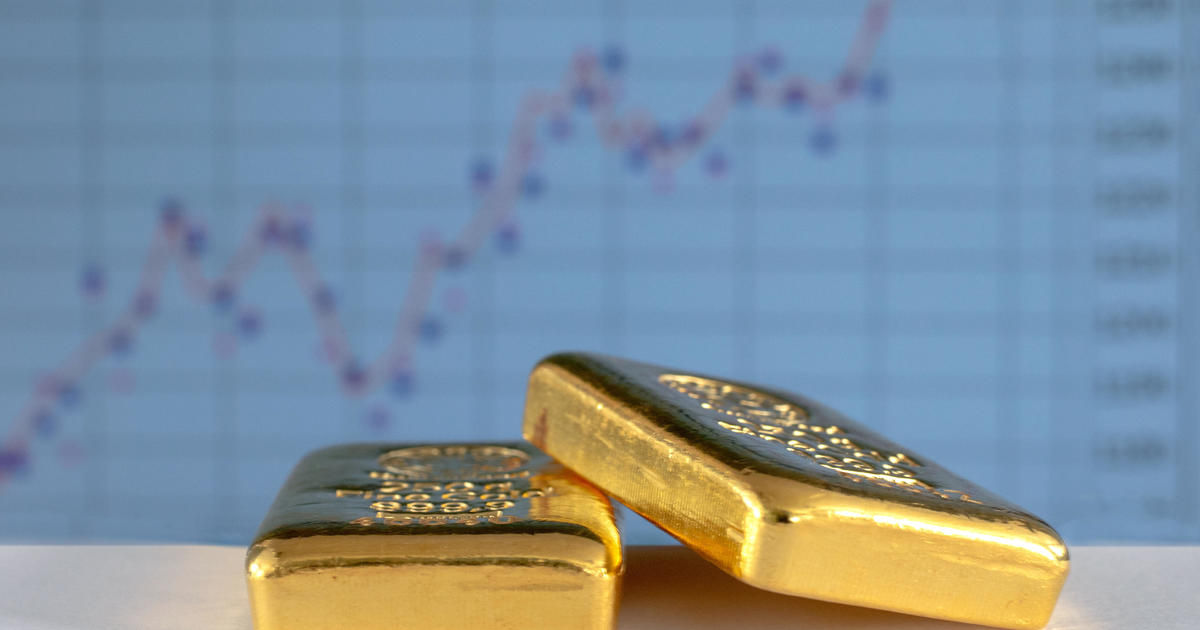A government shutdown has Wall Street on edge
After weeks of bluster and finger-pointing, Congress is finally at the brink of a federal government shutdown. Just what Wall Street doesn't need as it faces a series of other threats to its stirring and enduring bull run.
Until now, political developments on balance were a tailwind for the stock market, given the post-election hopes of pro-growth legislation, capped by the passage of the GOP's tax cut bill. But now, with another election looming -- and Republicans and Democrats squaring off -- it looks like a net negative.
This puts the recent weakness in the U.S. dollar and Treasury bonds in context because it reflects waning confidence in the U.S. And that, in turn, is weighing on stocks as interest rates rise in response and a weaker greenback raises the specter of higher inflation via more expensive energy costs and higher import prices.
Looking back, Capital Economics noted that the government has had to shut down 18 times since the mid-1970s, with the vast majority occurring before 1990 and lasting just a few days. Since then, it has happened only twice: In 1995 and 2013.
The economic impacts are likely to be minimal. During the 2013 shutdown, just 800,000 federal employees were furloughed -- there are 2.2 million nonpostal employees currently. Assuming 800,000 are locked out again, it would cost $175 million over a year. On an annualized basis, this totals just 0.4 percent of GDP.
But if the acrimony deepens, the debt ceiling -- and the threat of a default on the national debt -- will become an issue again by early March. That's a much more serious concern than a shutdown.
Thankfully, Wells Fargo analysts believe another short-term budget extension is likely, keeping the government funded through Feb. 16, at which point the kabuki dance will repeat itself. Moreover, past market reactions to shutdowns have been relatively muted. SentinenTrader noted that stocks tend to post slight gains leading up to a shutdown and minor losses during.
The worst sell-offs, in fact, came after the government reopened: Stocks suffered a 3.3 percent decline a month after the 2013 shutdown and a 6.7 percent drop following the 1978 shutdown.




